The Pioneering Androgyny of Classic Hollywood Star Marlene Dietrich
The film icon embraced bisexuality, glamorous mystique and provocation
Marlene Dietrich, one of the iconic stars of Hollywood’s Golden Age, dazzled with glamour. She embodied the kind of larger-than-life celebrity the silver screen adored. Her image resonated because as Dietrich herself noted: “glamour is not simply beauty, it’s appearing exciting, interesting,”
A new exhibition at the National Portrait Gallery explores how Dietrich created that enduring perception during Hollywood’s heyday. “Marlene Dietrich: Dressed for the Image” is the first American exhibition about the actress. Curated by historian Kate Lemay, the theme is constructed around Dietrich’s self-proclamation: “I dress for the image. Not for myself, not for the public, not for fashion, not for men.”
The life of the Hollywood maven is chronicled in 45 images, objects, correspondence and film clips. The photographs include both family images and stunning studio portraits that defined both Dietrich’s film stardom and the highest level of Hollywood glamour.
Star quality was the magic that made the glitter factory hum, and Dietrich was one of the few to invent her own indelible personas. Director Josef von Sternberg, who discovered her in a Berlin cabaret and brought her to Hollywood, acted as the actress’ mentor.
Sternberg directed Dietrich in the 1930 German version of Der Blaue Engel, and her success as Lola Lola paved her way to Hollywood. Although homegrown platinum blondes like Jean Harlow and Carole Lombard were then among Hollywood’s biggest stars, audiences had loved the exoticism of foreign celebrities since Rudolf Valentino’s silent film reign as the “Latin Lover.” By the late 1920s, Greta Garbo was creating a sensation at MGM, and Dietrich’s arrival was touted as Paramount’s answer to the popular “Swedish Sphinx.”
Sternberg taught Dietrich how to curate her image, says Lemay. He was masterful at using light to sculpt the glamorous film star’s face from above, highlighting her cheekbones and creating a halo above her hair—techniques Dietrich absorbed meticulously and used long after she and Sternberg parted ways.
Taking a cue from her mentor, the star also began using full-length mirrors to check the lighting before scenes were filmed. Her 1930 debut in Morocco bolstered Paramount’s coffers and made Dietrich, who was nominated for the Academy Award for Best Actress, a major star. Most importantly, Morocco created the lasting Dietrich image. Posed in top hat and tails smoking a cigarette, glamorous and beckoning, she gazes directly at the camera with an allure that somehow transcends sex.
Lemay conducted research at the Deutsche Kinemathek—home of the Marlene Dietrich Archive—in Berlin. She also connected with Dietrich’s grandson, Peter Riva, who was “very generous with his knowledge.” His mother Maria was the star’s only child.
Dietrich was born in Berlin in 1901. But by the 1930s, she was stridently denouncing the rise Nazi Germany; and after becoming a U.S. citizen in 1939 and making more than 500 appearances entertaining American troops overseas, she was awarded the Medal of Freedom, one of the highest civilian honors in the United States.
The icon’s glamorous mystique was the theme of a major 2003 exhibition mounted at the Fashion Museum in Paris. The show drew on the Dietrich Archive’s collection, exploring the star’s style through artifacts including photographs and 250 outfits from her personal wardrobe; the final room showcased a magnificent white swan feather coat that was as fetching as it was mind-boggling. For Werner Sudendorf, then-director of the Dietrich Archive, the coat was the quintessential expression of her “glamour, shock, provocation, elegance.”
Lemay highlights another aspect of the Dietrich mystique, explaining that she “brought androgyny to the silver screen” and embraced bisexuality both in the masculine clothes she wore and in the risqué scenes like a same-sex kiss in Morocco. British film critic Kenneth Tynan’s assessment seems to agree: “She has sex but no positive gender. Her masculinity appeals to women and her sexuality to men.”
But the need to be discreet was paramount in the studio system era where contracts contained morals clauses and the Motion Picture Production Code strictly governed controversial film material. “The sanctity of the institution of marriage and the home” was primary, and any activity hinting at “adultery” or “excessive and lustful kissing” was explicitly banned. Morals clauses applied the Production Code to a star's personal life. Dietrich could be a fashion innovator by wearing slacks, but any public admission of bisexuality would be a firing offense.
By 1933, Dietrich was the highest-paid actor at Paramount Studios, receiving $125,000 per film. Her movies included Shanghai Express, Destry Rides Again, Witness for the Prosecution and Judgment at Nuremberg. She was also known for her husky singing voice, as popularized in “Falling in Love Again,” “Lili Marlene” and “The Boys in the Back Room.” An exhibition kiosk at the Portrait Gallery includes clips of several performances.
Dietrich was, as her grandson Peter Riva noted at the exhibition’s press preview, a creature of passion who conducted affairs with the numerous men and women who caught her eye. She married Rudolf Sieber in 1923. Though they had a daughter, the couple lived separately for most of their lives, but remained married until Sieber’s death in 1976. Dietrich called him “the perfect husband.”
Witty, sophisticated, passionate and enduringly glamorous, Dietrich is a figure who deserves contemporary recognition. In Lemay’s words, the exhibition is intended to refashion Dietrich’s image as “an influential figure of the LGBTQ community.”
“Marlene Dietrich: Dressed for the Image” is on view at the National Portrait Gallery through April 15, 2018.
/https://tf-cmsv2-smithsonianmag-media.s3.amazonaws.com/accounts/headshot/Amy_Henderson_NPG1401.jpg)
/https://tf-cmsv2-smithsonianmag-media.s3.amazonaws.com/filer/c8/8e/c88e7b22-efca-4378-81e7-1bc95e309de2/exhdi94-wr.jpg)
/https://tf-cmsv2-smithsonianmag-media.s3.amazonaws.com/filer/72/2e/722ed724-d8b5-4615-98b7-6d93bc7dcd83/exhee1744.jpg)
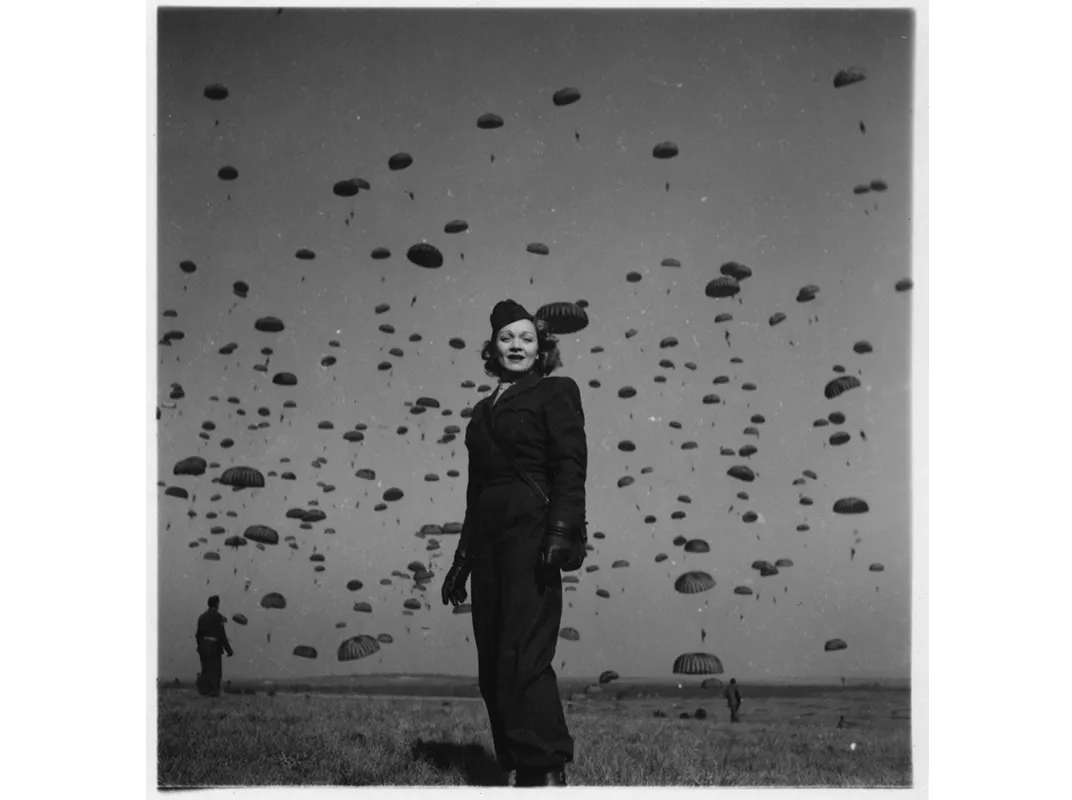
/https://tf-cmsv2-smithsonianmag-media.s3.amazonaws.com/filer/22/95/2295550c-e23a-4e61-9541-862e1b314762/exhdi47-wr.jpg)
/https://tf-cmsv2-smithsonianmag-media.s3.amazonaws.com/filer/4f/75/4f75833f-adf3-42ce-82b6-3e871ba52e7a/exhdi91-wr.jpg)
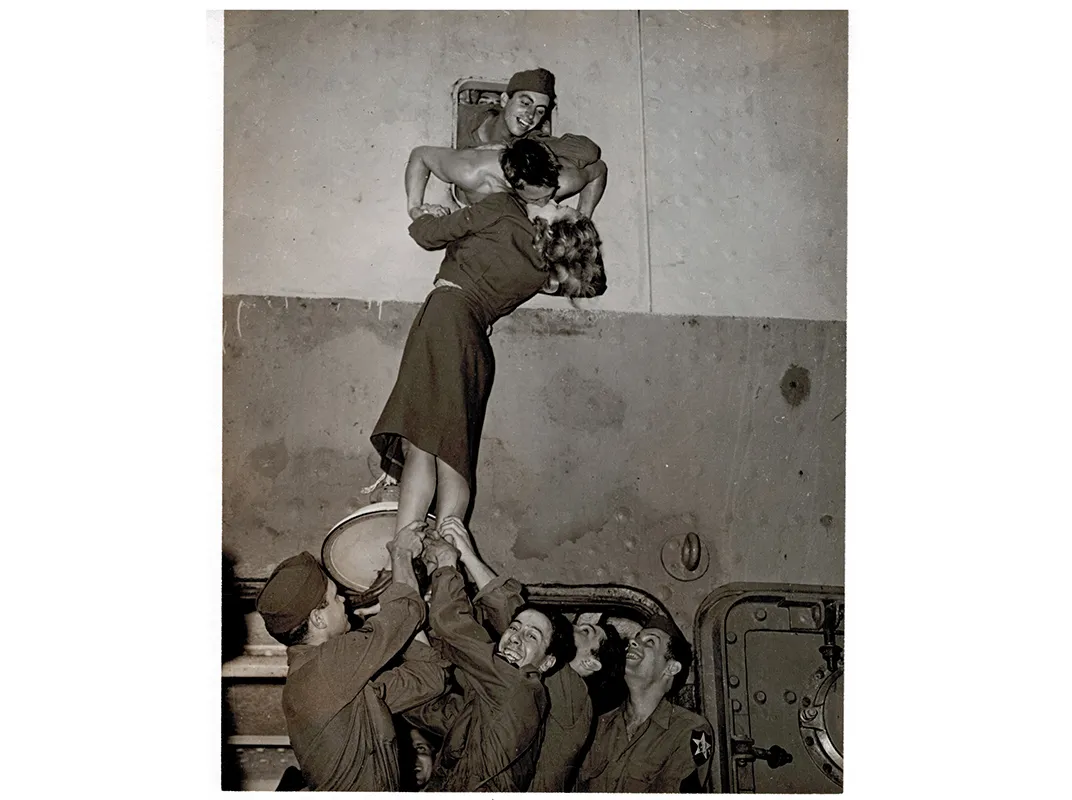
/https://tf-cmsv2-smithsonianmag-media.s3.amazonaws.com/filer/9b/f2/9bf2986a-a6b3-444e-89b1-62c94f1acd50/exhdi78-wr.jpg)
/https://tf-cmsv2-smithsonianmag-media.s3.amazonaws.com/filer/64/22/64226c64-b905-4391-af21-dbed23183831/exhdi60-wr.jpg)
/https://tf-cmsv2-smithsonianmag-media.s3.amazonaws.com/filer/6d/e8/6de8d28e-ccd6-4a4c-9fcd-4b75704d02e1/exhee1723-wr.jpg)
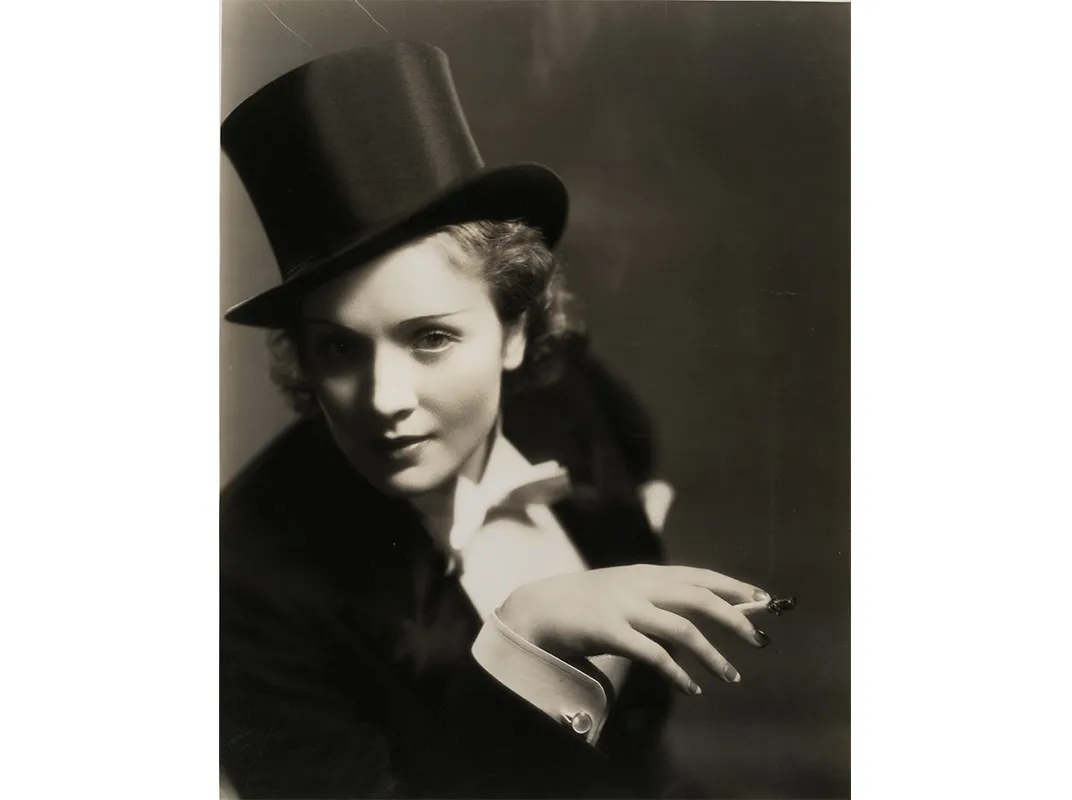
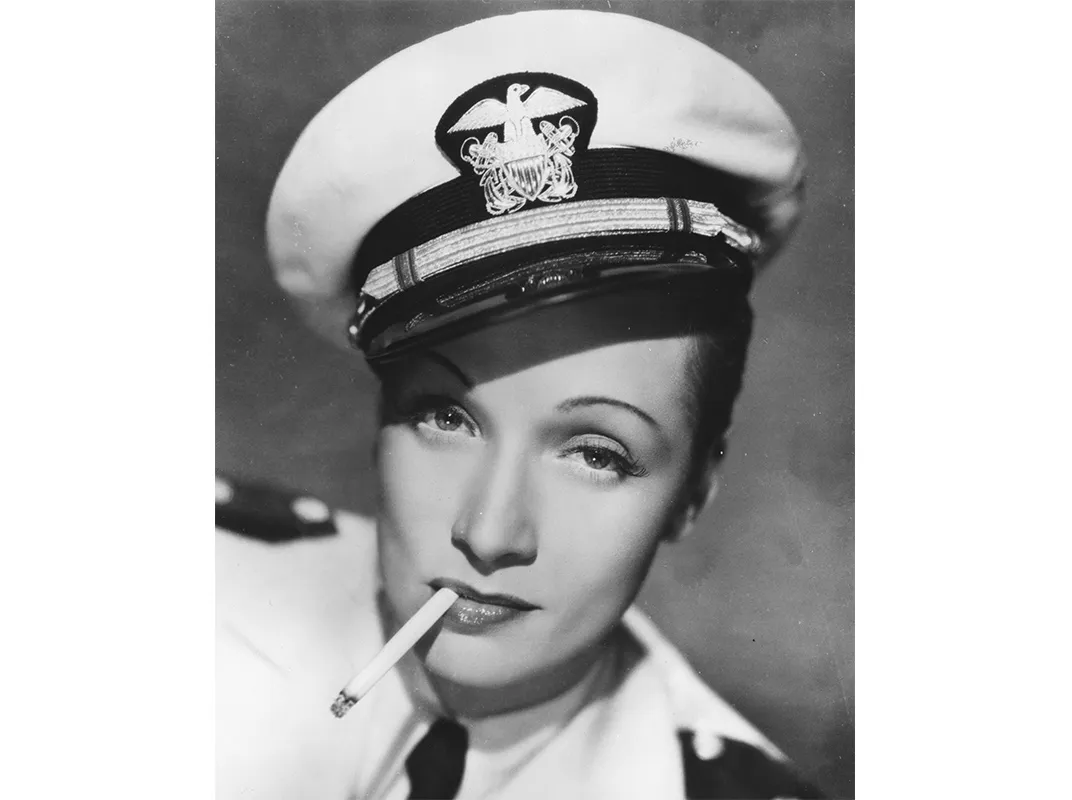
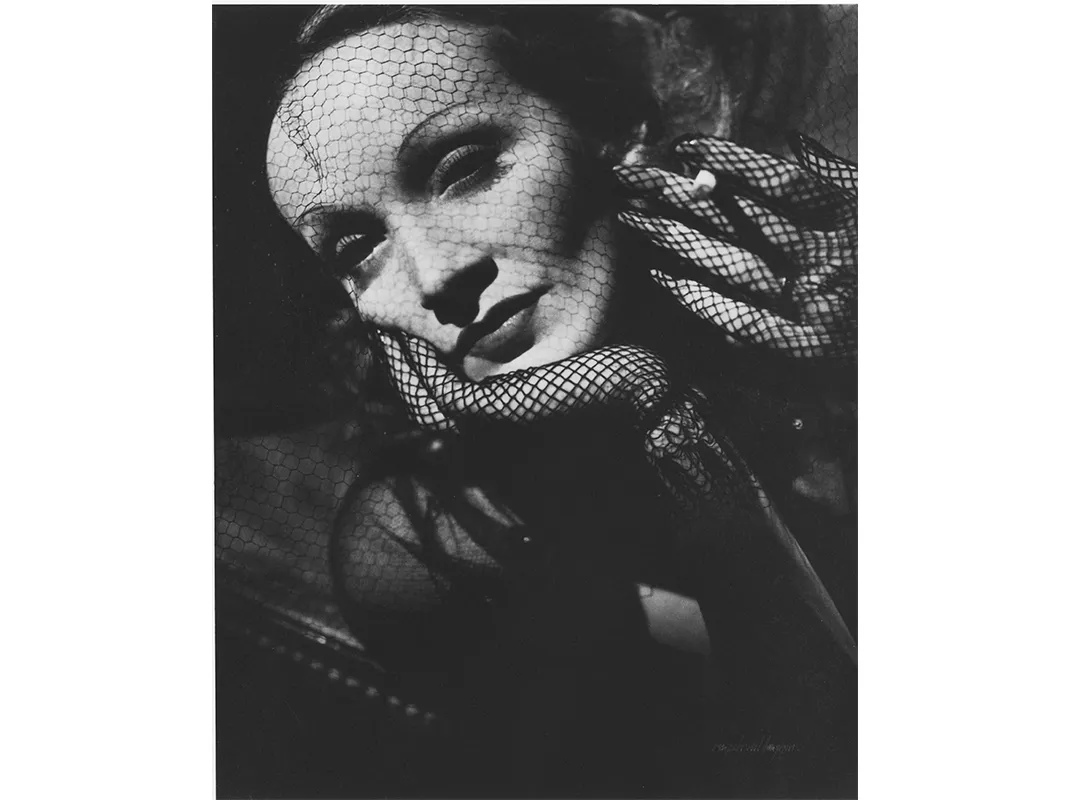
/https://tf-cmsv2-smithsonianmag-media.s3.amazonaws.com/filer/5c/08/5c080c95-526c-4fbc-906c-5d518704b08a/exhdi49-wr.jpg)
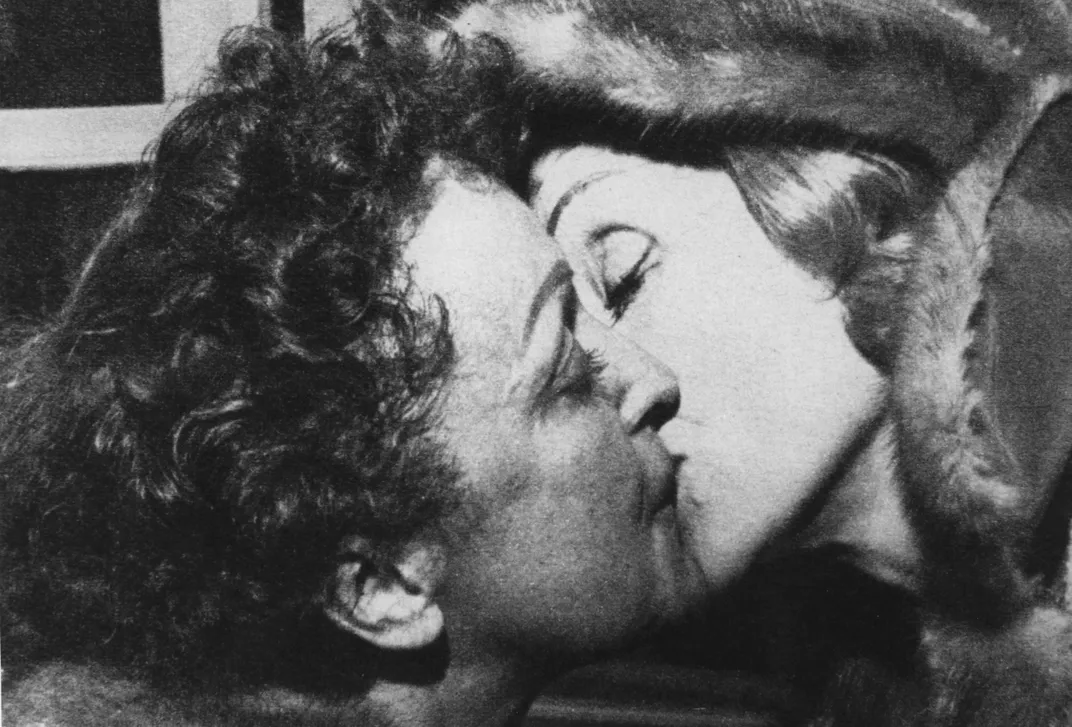
/https://tf-cmsv2-smithsonianmag-media.s3.amazonaws.com/filer/04/35/0435d588-7e85-4283-a6fa-b96eb59e377a/exhdi18.jpg)
/https://tf-cmsv2-smithsonianmag-media.s3.amazonaws.com/filer/2c/59/2c59398a-adaf-4fc9-a432-81bf40533b74/npg_88_70_13-deitrich-wr.jpg)
/https://tf-cmsv2-smithsonianmag-media.s3.amazonaws.com/filer/9a/e6/9ae6175f-bdeb-4cac-9f7f-b626632c77a6/exhdi8-wr.jpg)



/https://tf-cmsv2-smithsonianmag-media.s3.amazonaws.com/accounts/headshot/Amy_Henderson_NPG1401.jpg)